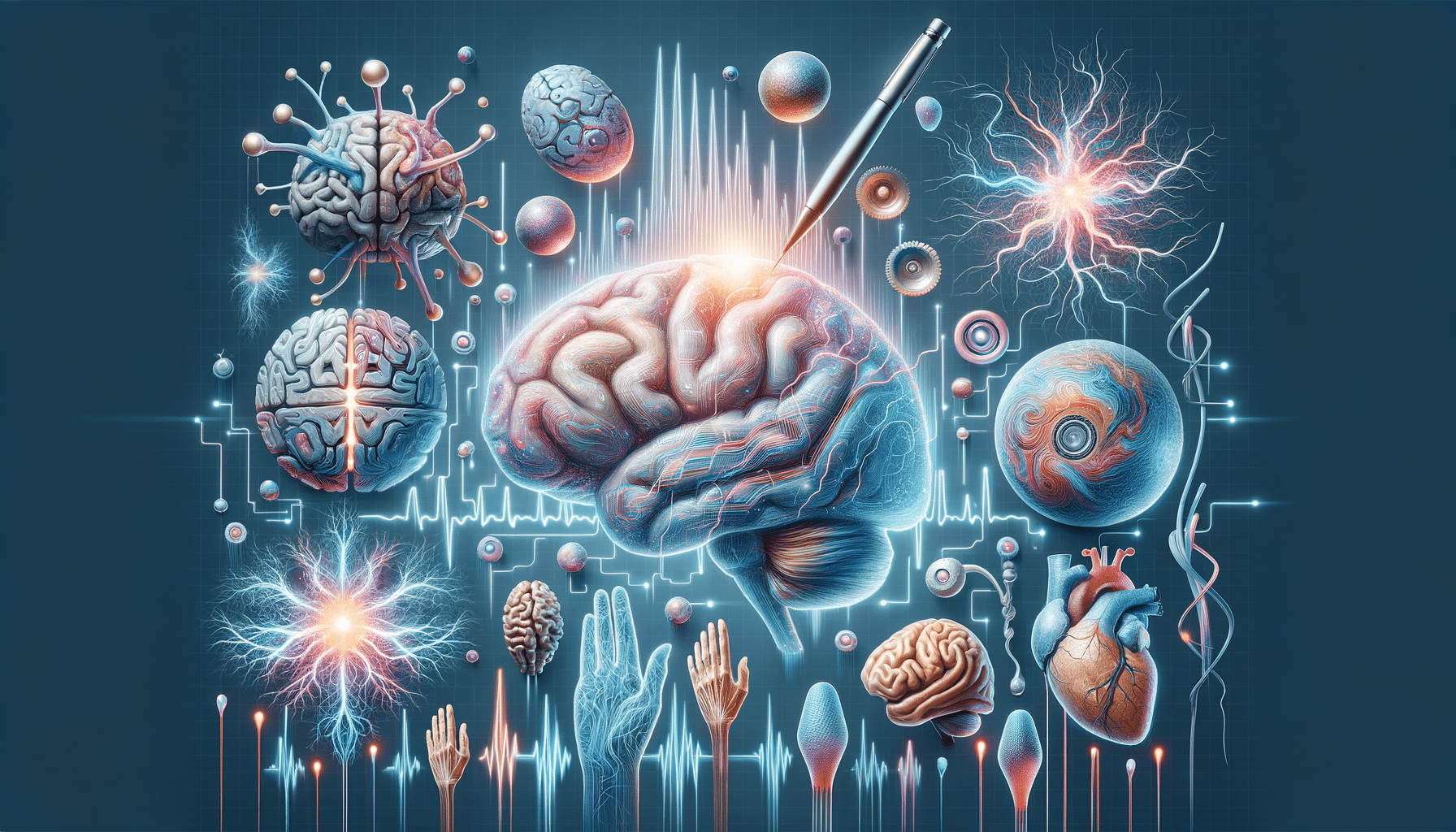
Understanding The Signs Of Lewy Body Dementia
Introduction to Lewy Body Dementia
Lewy Body Dementia (LBD) is a multifaceted neurological disorder that is less well-known than other forms of dementia, such as Alzheimer’s disease, yet it is the second most common type. This condition is characterized by the abnormal buildup of proteins known as Lewy bodies in the brain, which can lead to a range of symptoms that affect both cognitive and physical functions. Understanding LBD is crucial for early diagnosis and effective management, as it requires a unique approach compared to other dementia types.
Early recognition of symptoms is vital because it can significantly impact the quality of life for those affected. LBD often presents with fluctuating cognitive abilities, visual hallucinations, and motor symptoms similar to Parkinson’s disease. These symptoms can be distressing for both patients and their families, making awareness and education about the condition essential.
In this article, we will delve into the various aspects of Lewy Body Dementia, from its symptoms and diagnosis to management strategies and the impact on daily life. By increasing awareness and understanding, we can better support those living with LBD and their caregivers.
Recognizing the Symptoms of Lewy Body Dementia
Lewy Body Dementia presents with a unique set of symptoms that can vary widely among individuals. One of the hallmark features is cognitive fluctuations, where a person’s attention and alertness may change dramatically from day to day or even hour to hour. This unpredictability can be challenging for caregivers and healthcare providers to manage.
Visual hallucinations are another common symptom, occurring in up to 80% of individuals with LBD. These hallucinations can be vivid and detailed, often involving people, animals, or objects that are not present. While they are typically not threatening, they can be distressing and confusing for the person experiencing them.
Motor symptoms similar to those seen in Parkinson’s disease, such as stiffness, tremors, and slow movement, are also prevalent in LBD. These symptoms can lead to difficulties with balance and coordination, increasing the risk of falls and injuries. Additionally, individuals may experience sleep disturbances, such as acting out dreams, which can further complicate the management of the disease.
Understanding these symptoms and their potential impact on daily life is crucial for early diagnosis and intervention. Healthcare providers often rely on a combination of clinical evaluations and patient history to distinguish LBD from other types of dementia.
Diagnosis and Challenges in Identifying Lewy Body Dementia
Diagnosing Lewy Body Dementia can be challenging due to its overlapping symptoms with other neurological disorders. Often, it is misdiagnosed as Alzheimer’s or Parkinson’s disease, which can delay appropriate treatment and management. A comprehensive evaluation by a neurologist or geriatric psychiatrist is typically required to reach an accurate diagnosis.
The diagnostic process involves a thorough medical history, cognitive assessments, and neurological examinations. Imaging tests, such as MRI or CT scans, may be used to rule out other conditions. However, the presence of Lewy bodies can only be confirmed through a brain biopsy, which is not routinely performed.
One of the key challenges in diagnosing LBD is its fluctuating nature. Cognitive abilities can vary significantly, making it difficult to assess the severity and progression of the disease. Additionally, the presence of both cognitive and motor symptoms can complicate the diagnostic process, as they may be attributed to separate conditions.
Despite these challenges, early and accurate diagnosis is essential for effective management. It allows for the implementation of appropriate treatment strategies and supports both the individual and their caregivers in navigating the complexities of the disease.
Management Strategies for Lewy Body Dementia
Managing Lewy Body Dementia requires a multifaceted approach that addresses both the cognitive and physical symptoms of the disease. While there is currently no cure for LBD, various treatment options can help alleviate symptoms and improve the quality of life for those affected.
Medications are often used to manage cognitive symptoms and improve alertness. Cholinesterase inhibitors, commonly used in Alzheimer’s disease, can be effective in LBD as well. However, care must be taken when prescribing medications, as individuals with LBD can be sensitive to certain drugs, particularly antipsychotics, which can exacerbate symptoms.
Non-pharmacological interventions, such as physical therapy, occupational therapy, and cognitive exercises, play a crucial role in managing LBD. These therapies can help maintain mobility, improve daily functioning, and enhance cognitive abilities. Additionally, support groups and counseling can provide emotional support and practical advice for both individuals with LBD and their caregivers.
Creating a safe and supportive environment is also essential. This includes making modifications to the home to prevent falls, establishing routines to reduce confusion, and using visual aids to enhance communication. By adopting a comprehensive management plan, individuals with LBD can maintain a higher quality of life and minimize the impact of symptoms.
Impact of Lewy Body Dementia on Daily Life
The impact of Lewy Body Dementia on daily life can be profound, affecting not only the individual but also their family and caregivers. The fluctuating nature of symptoms can make planning and decision-making challenging, adding stress and uncertainty to everyday activities.
For individuals with LBD, maintaining independence can be difficult as cognitive and motor symptoms progress. Simple tasks, such as dressing, cooking, or managing finances, may become overwhelming. This can lead to frustration and a loss of self-esteem, further complicating the emotional impact of the disease.
Caregivers play a critical role in supporting individuals with LBD, but they often face significant challenges themselves. The demands of caregiving can be physically and emotionally exhausting, leading to caregiver burnout. Access to resources, support networks, and respite care can help alleviate some of these pressures.
Despite these challenges, many individuals with LBD and their families find ways to adapt and maintain a fulfilling life. By focusing on abilities rather than limitations, fostering open communication, and seeking support, they can navigate the complexities of LBD and find moments of joy and connection.


